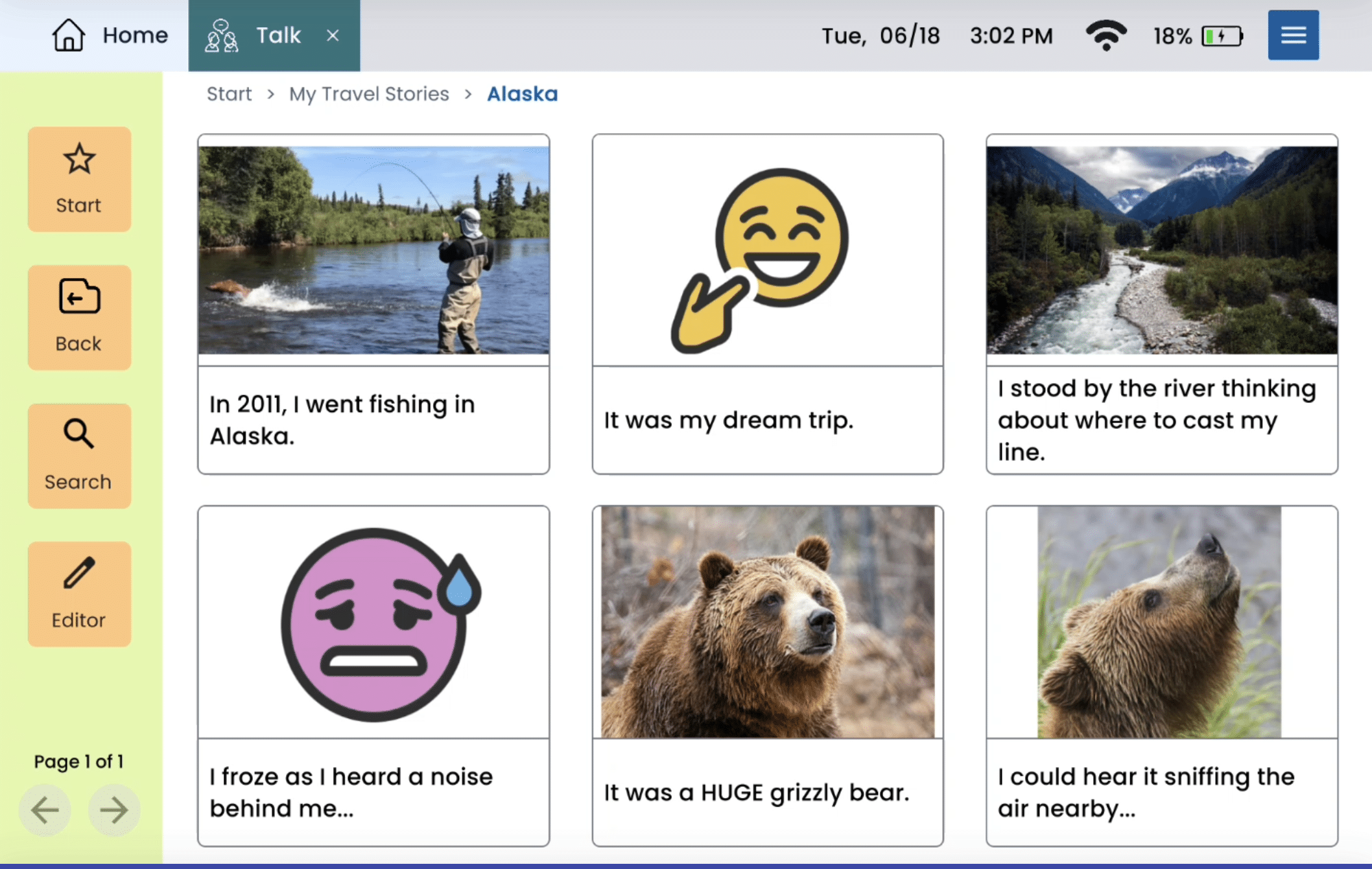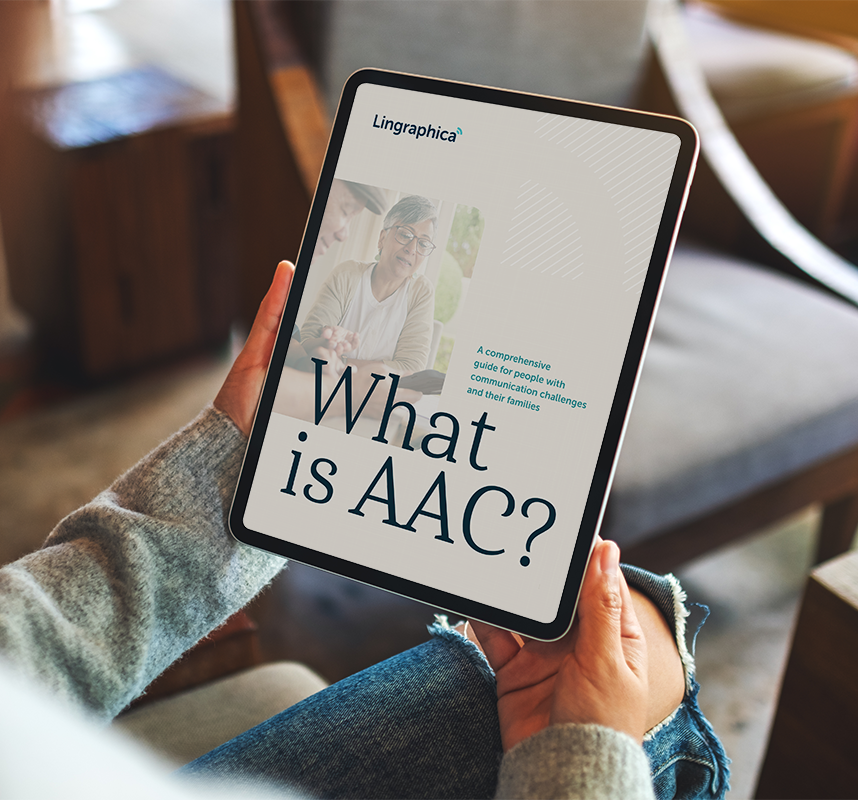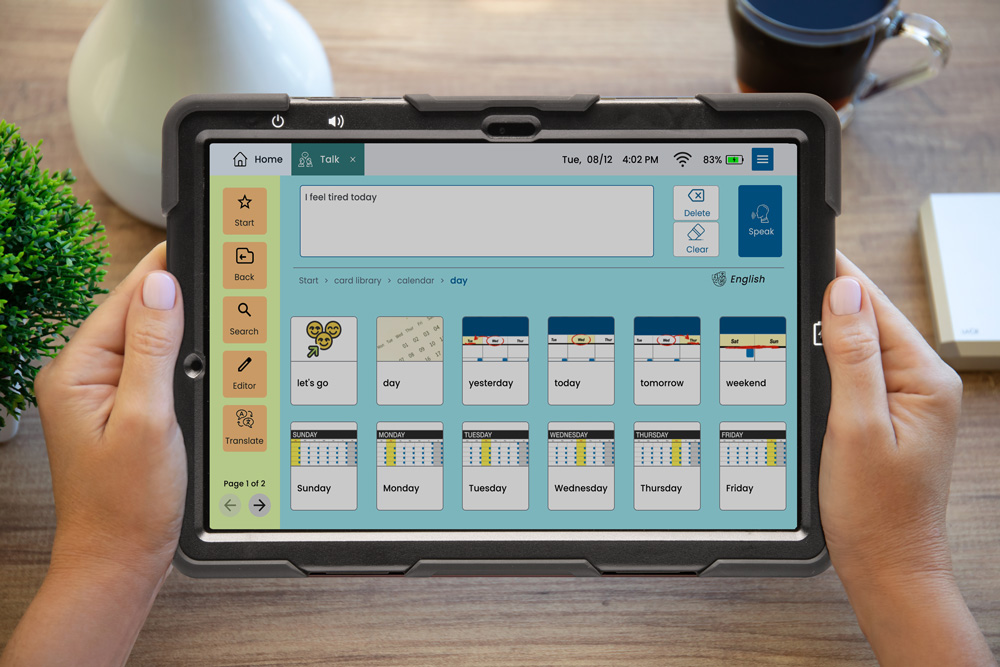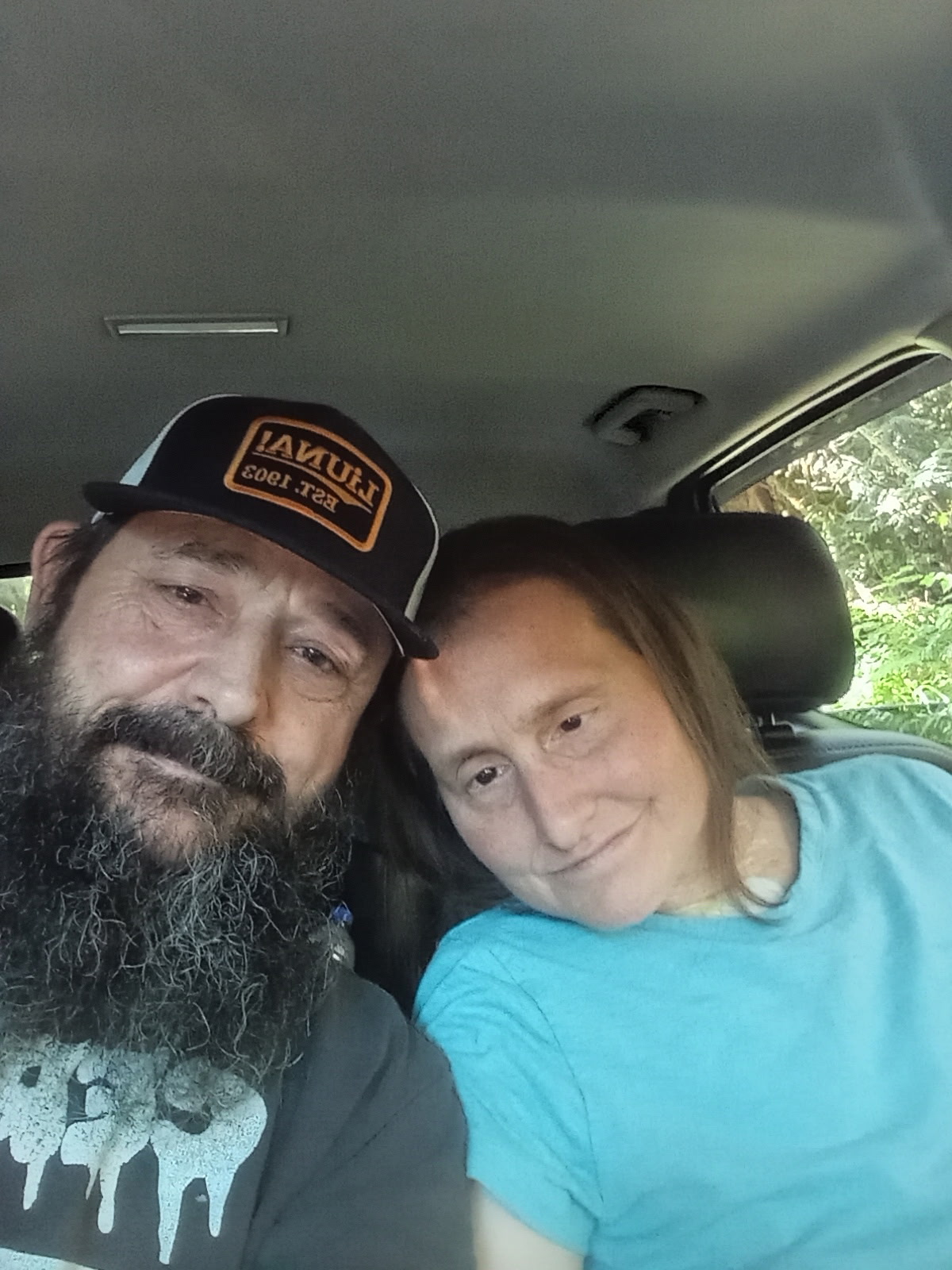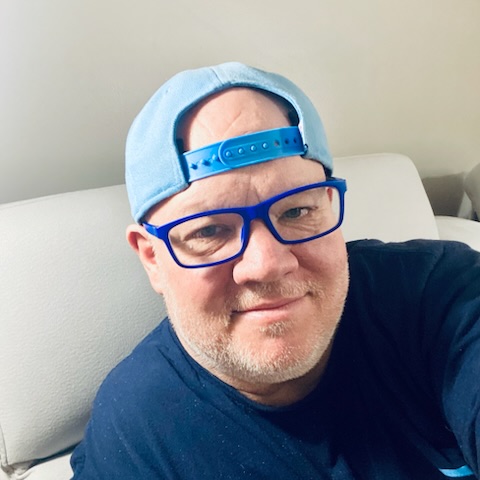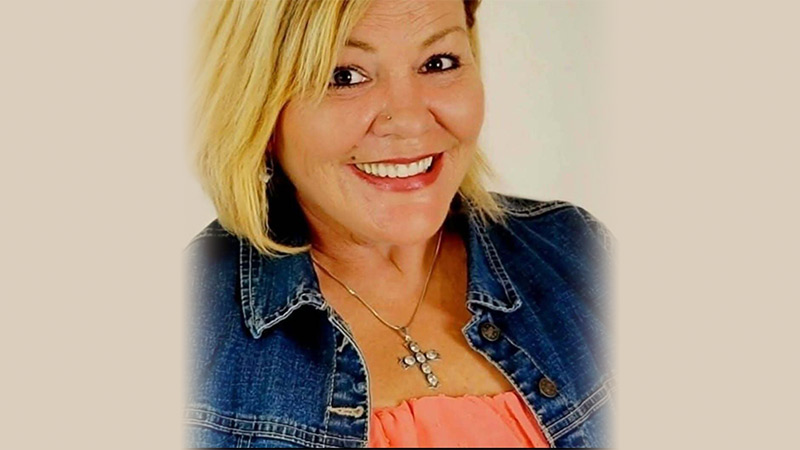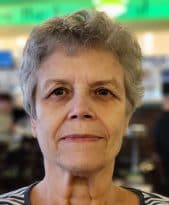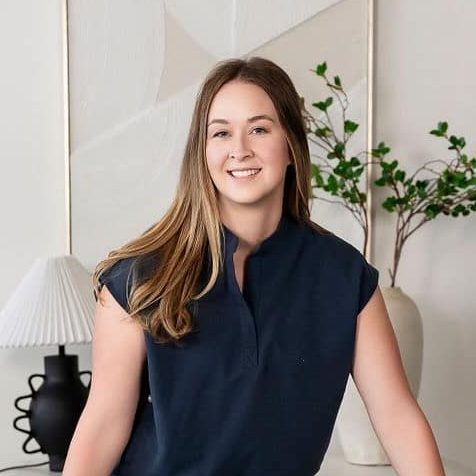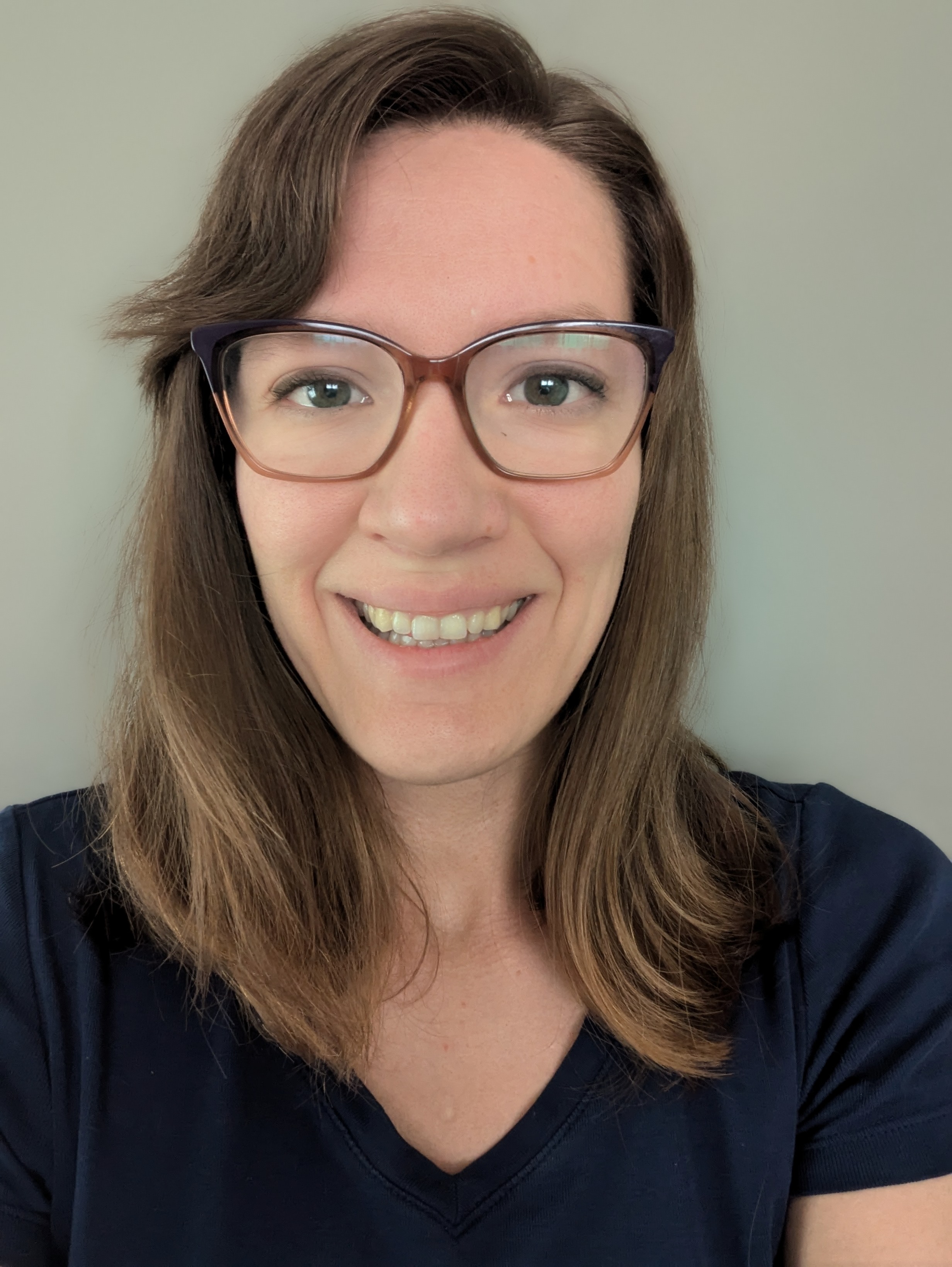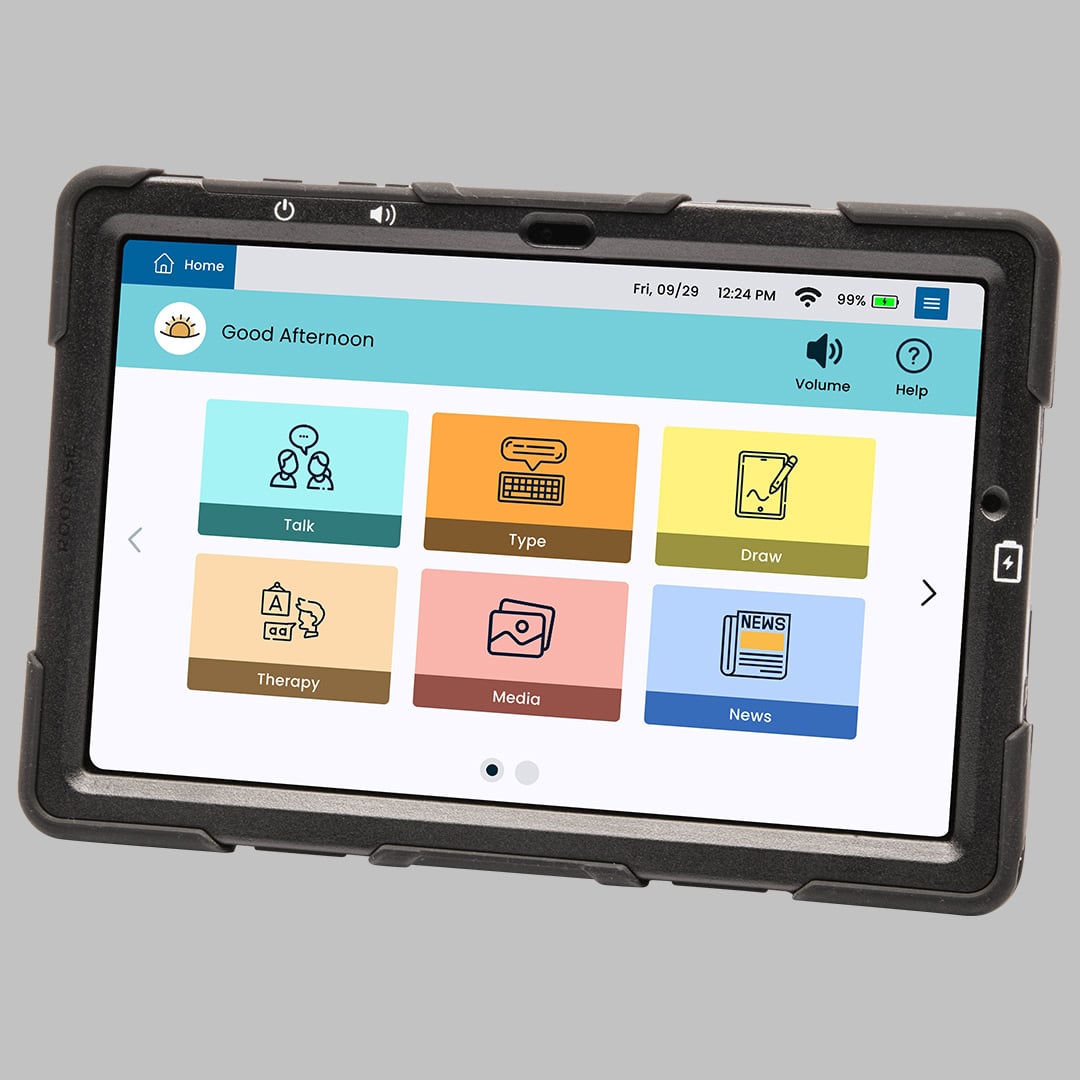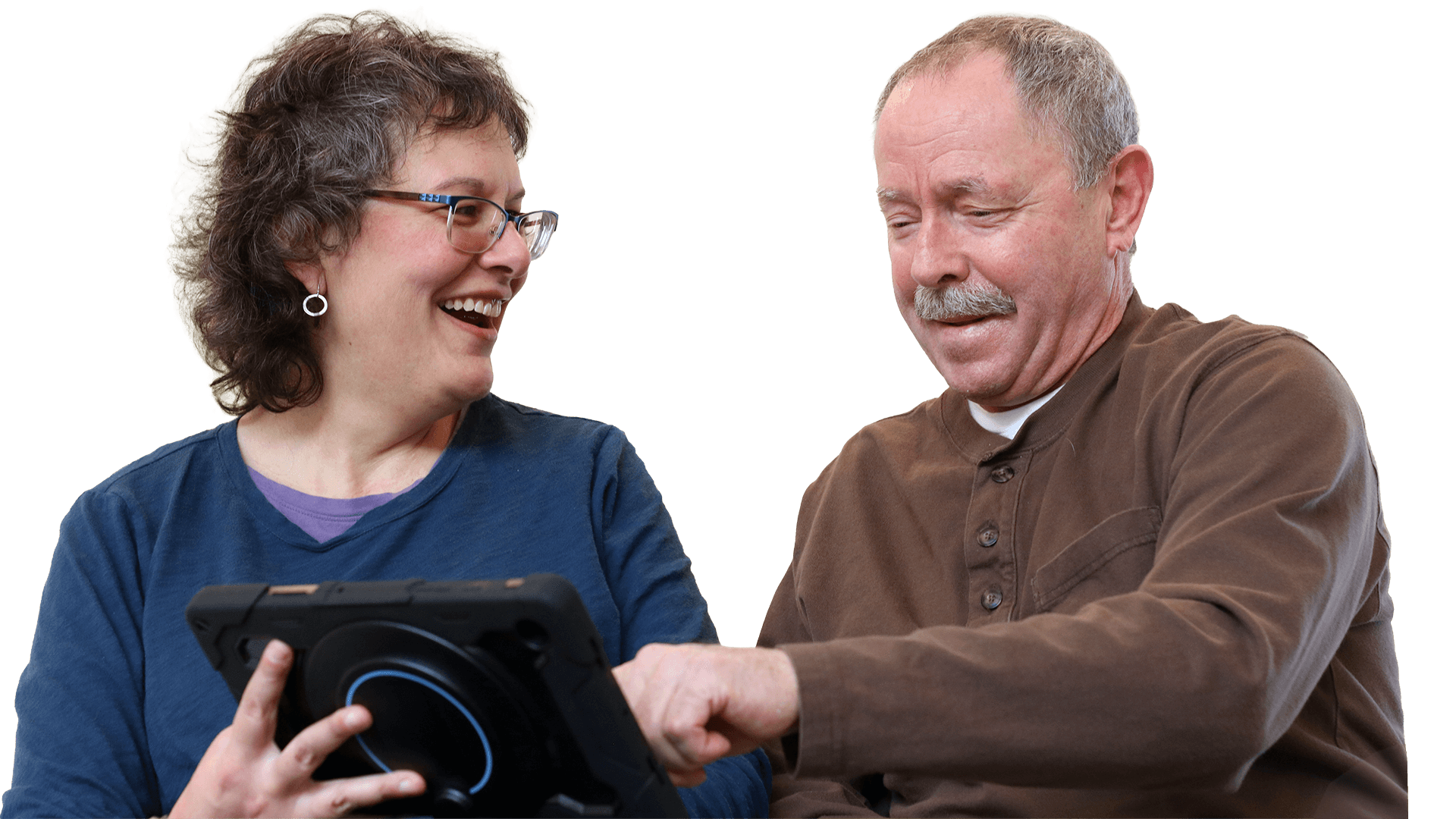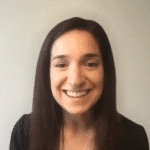
Name: Jacqui Pozzi
Clinical Setting: Inpatient Acute Care
Acute care presents unique challenges for AAC, and Lingraphica provides unique solutions. This is Jacqui’s story — in her own words — about her journey with Lingraphica.
When I decided to explore AAC for my patients with aphasia, my first step was taking Lingraphica’s online CEU courses. I knew that I could easily incorporate AAC into my practice despite my lack of experience with AAC. This was because of the focus on patient-centered treatment approaches and life participation goals that is emphasized when using Lingraphica’s devices. The examples provided in each course I took were functional, real-life, and applicable. I could immediately see how using AAC would help each individual patient reach their fullest potential.
The first problem I encountered was the setting in which I worked. In acute inpatient rehab (IRF), I saw patients daily (sometimes twice daily) for 1-3 weeks. So as soon as I attempted to initiate a device trial with my patients, it became apparent that communicating about a gardening hobby, their drink order at Starbucks, or their favorite type of music wasn’t functional during this very specific period of the patient’s life. Asking a patient to use the device to buy tickets at the movies was NOT helping them to participate in their life at this moment (even if a month ago, this was their favorite thing to do!). Additionally, even if this motivated the patient, there was no opportunity to program the device with the language needed to purchase movie tickets and return to speech therapy next week to determine if this communication interaction at the movie theater was successful.
The other issue I was having was that by the time I evaluated a patient, determined that they were a candidate for a Lingraphica device, completed the Smart Paperwork, sent in the customization form, and received the pre-programmed customized device, I did not have enough time to determine if the patient was a candidate. I could see the value in pursuing AAC, but because of the structure of the setting that I worked in, I didn’t think I was doing the best I could by my patients.
I decided to fix this problem by becoming a Lingraphica Certified Technology Specialist. This took care of one issue: I now had a device onsite to trial with my patients. But then I developed a new problem. It wasn’t feasible to customize the device to each patient (particularly if I was trialing two patients simultaneously). I also didn’t have the time to do this! Further, I was still running into the problem of attempting to engage patients in conversation about their pre-stroke interests, which wasn’t functional (or fair) given that they were currently hospitalized and, at times, unsure if they would be able to return to some of these pre-stroke activities.
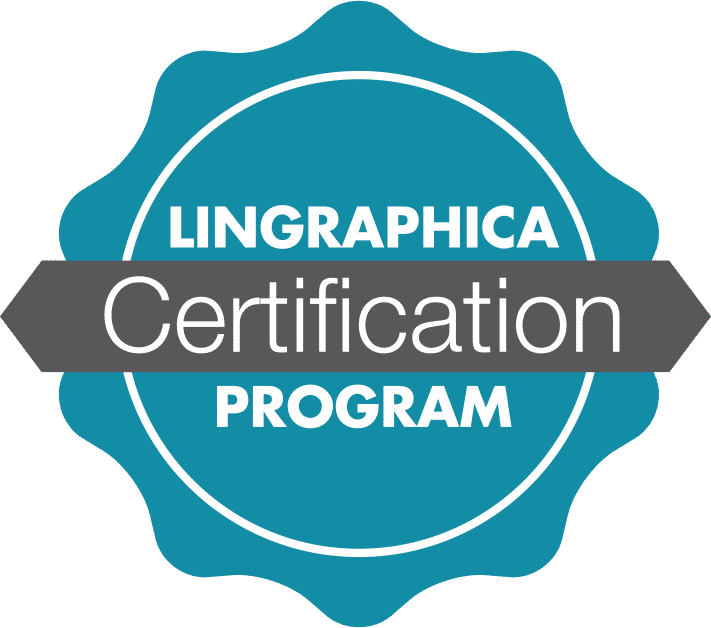
Jacqui’s Experience With Device Customization
I determined it would be best to customize my device to my facility. During the completion of the device trial, inpatient rehab WAS the patient’s life. Patients wanted a voice to direct their care, state their goals, interact/build relationships/joke with staff, and communicate with their family and friends. Being able to discuss their care and therapy, request to speak to their providers, direct staff in setting up their room to their liking, and order their meals from the hospital kitchen truly was the most functional form of communication in this season of their life. After a stroke, there is so much loss. Using AAC in this way allowed my patients to gain independence and direct their care. I set up the TouchTalk so I could use the device to engage my patient in conversation about their day, their goals, their medical course, and to provide personal information to build relationships with staff.
Some of the sections I used were pre-programmed by Lingraphica – I loved using the scenes when asking patients about their home, the pain scale folder to ask about their pain, the maps to ask where they are from, and occupations, hobbies, sports, and pets to learn about each of my patients. But to allow patients to direct their care and increase independence, I made further customizations. Here are some examples:

- I customized the food and drink folder to match the daily menus at my facility. One of my favorite sessions was a co-treat with our food and nutrition aide, where she would come into my session to take the patient’s breakfast, lunch, and dinner orders. If I opened the “Monday” folder, all the available options for Monday meals were on the screen. When the nutrition aide provided the options for each meal, my patient could respond independently and appropriately.
- Another folder was the “Last Night” folder. Every time a doctor rounds or therapist enters the room, the patient is asked, “How was your night last night?” This folder allowed the patient to provide an answer to this question! I had information in this folder about the temperature of the room, whether they could sleep, if the light was left on, if the TV had been left on, any symptoms they experienced, etc.
- Another section was “Before You Go.” When you work in an inpatient facility, it is best practice to meet the patient’s wants/needs before leaving the room to reduce the risk of falls. This section had information about positioning, where to place things in the room, directions for what to do with the TV/light, and some social language, like being able to say, “See you tomorrow.”
- I created a folder for discharge planning. I had a patient whose family was determined to ensure that the patient could return to her own home. However, using this folder, the patient indicated that she wanted to go to her daughter’s house to make it easier for her daughter.
- My favorite folder was the “My Rehab Journey” folder. This folder had several subfolders to talk about the care team and what the patient did in therapy sessions. For example, if the patient navigated to the PT section, I could ask who they worked with today in PT, and each PT was listed in this folder. We photographed our gym to ask what the patient did today. I could verify all this information in the PT documentation. I also could ask them about their goals. If they indicated they wanted to work on a specific skill, I could relay this information to the PT.

I decided that I wanted to trial a device, I initiated the process of submitting the Smart Paperwork immediately. This was to inform the patient what portion of the device would be covered by insurance early on. Then I began my trial with my facility device. I found that using the method I described above allowed me to determine if the patient could use the device appropriately in real-life situations and if they were, in fact, a candidate. If the patient was a candidate, I went through the steps of sending in the customization form and obtaining a device for them. I taught the patient and their family how to customize their own device so they would be set to use the device at home.
When using the life participation approach, it is essential to recognize what is considered functional at a given point and time. A patient’s communication goals can change drastically depending on their current situation. I am excited that I found a way to improve my practice by addressing my patients’ immediate communication needs, enhancing their ability to participate in their care, and for me to determine their candidacy for an AAC device.



